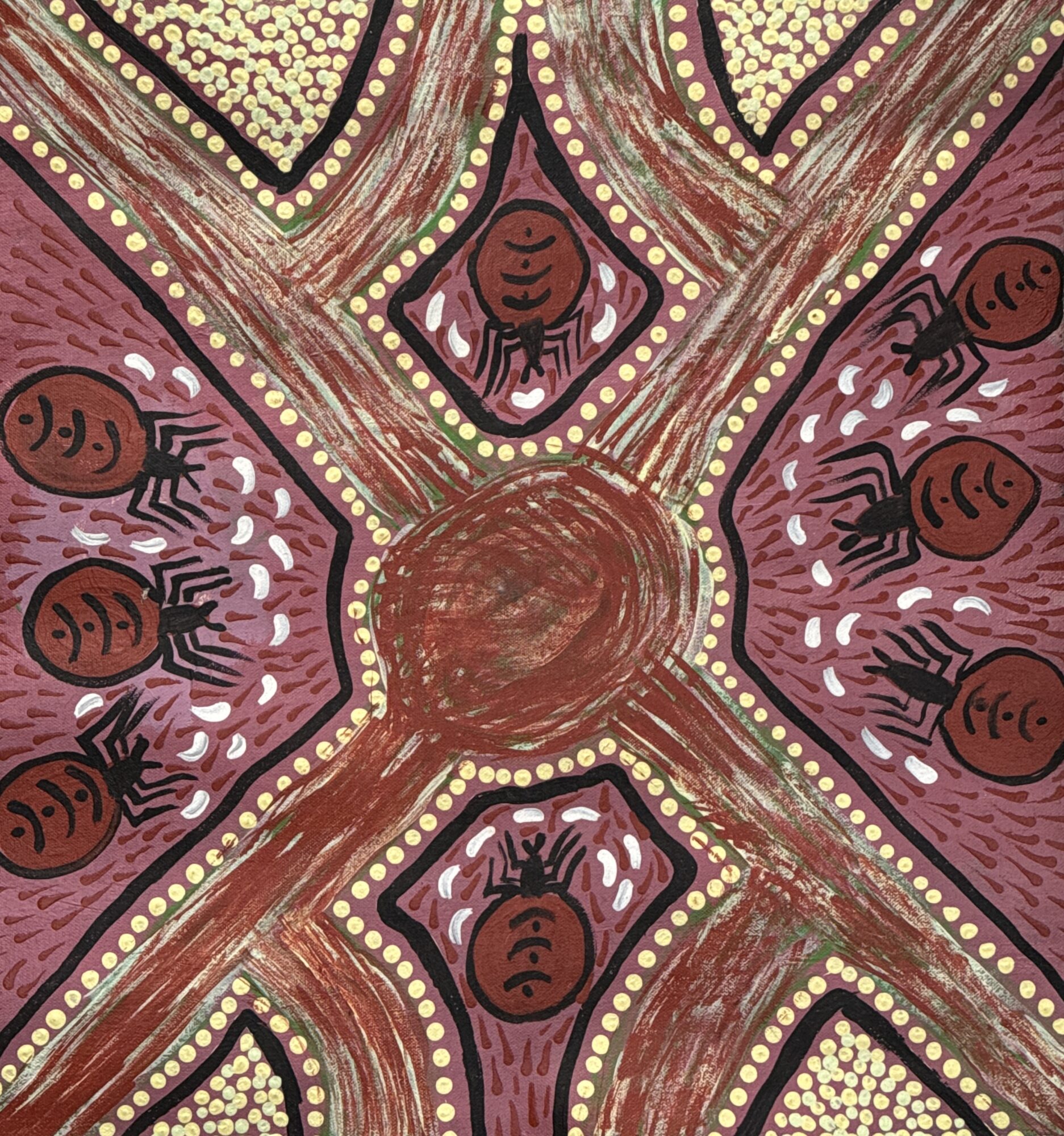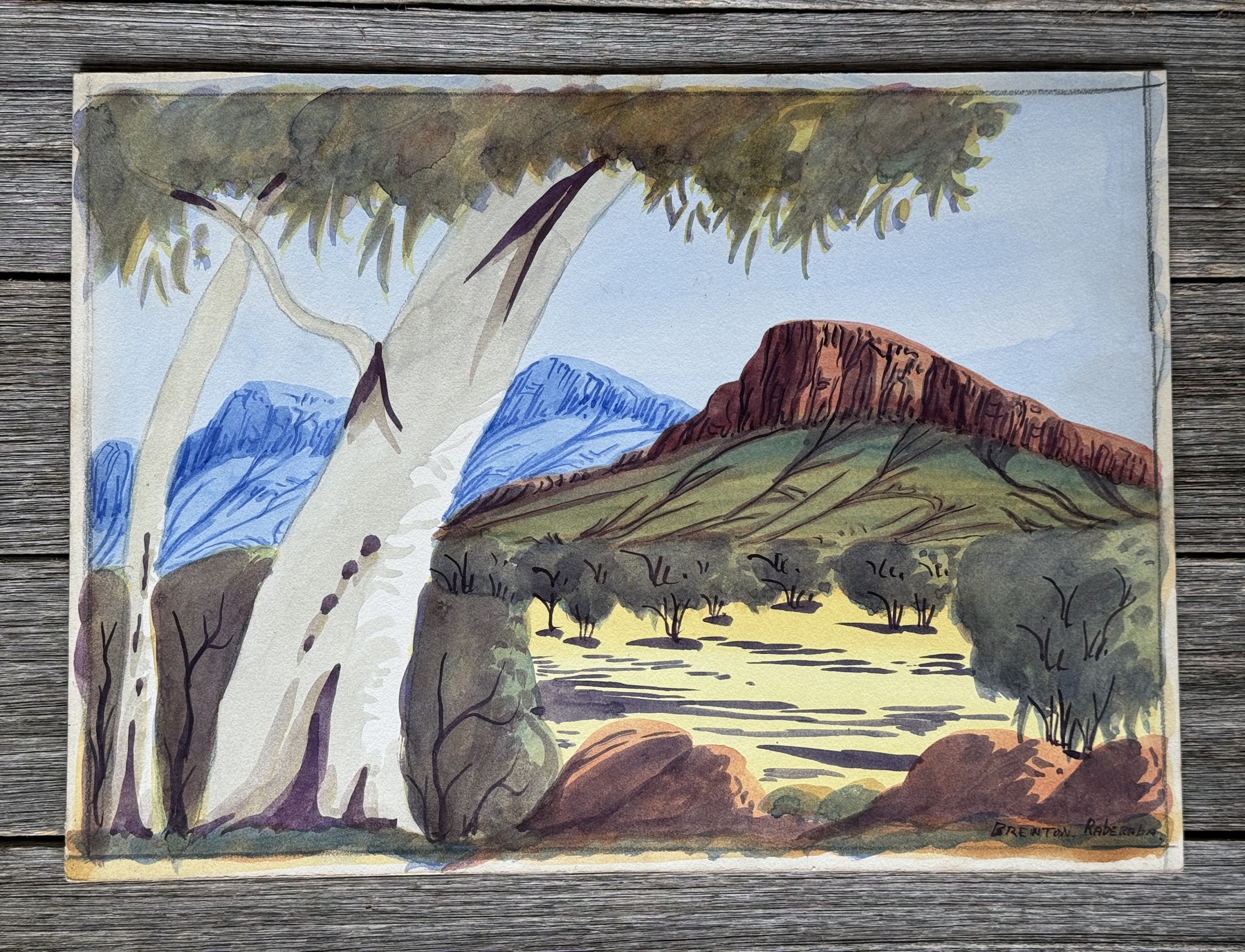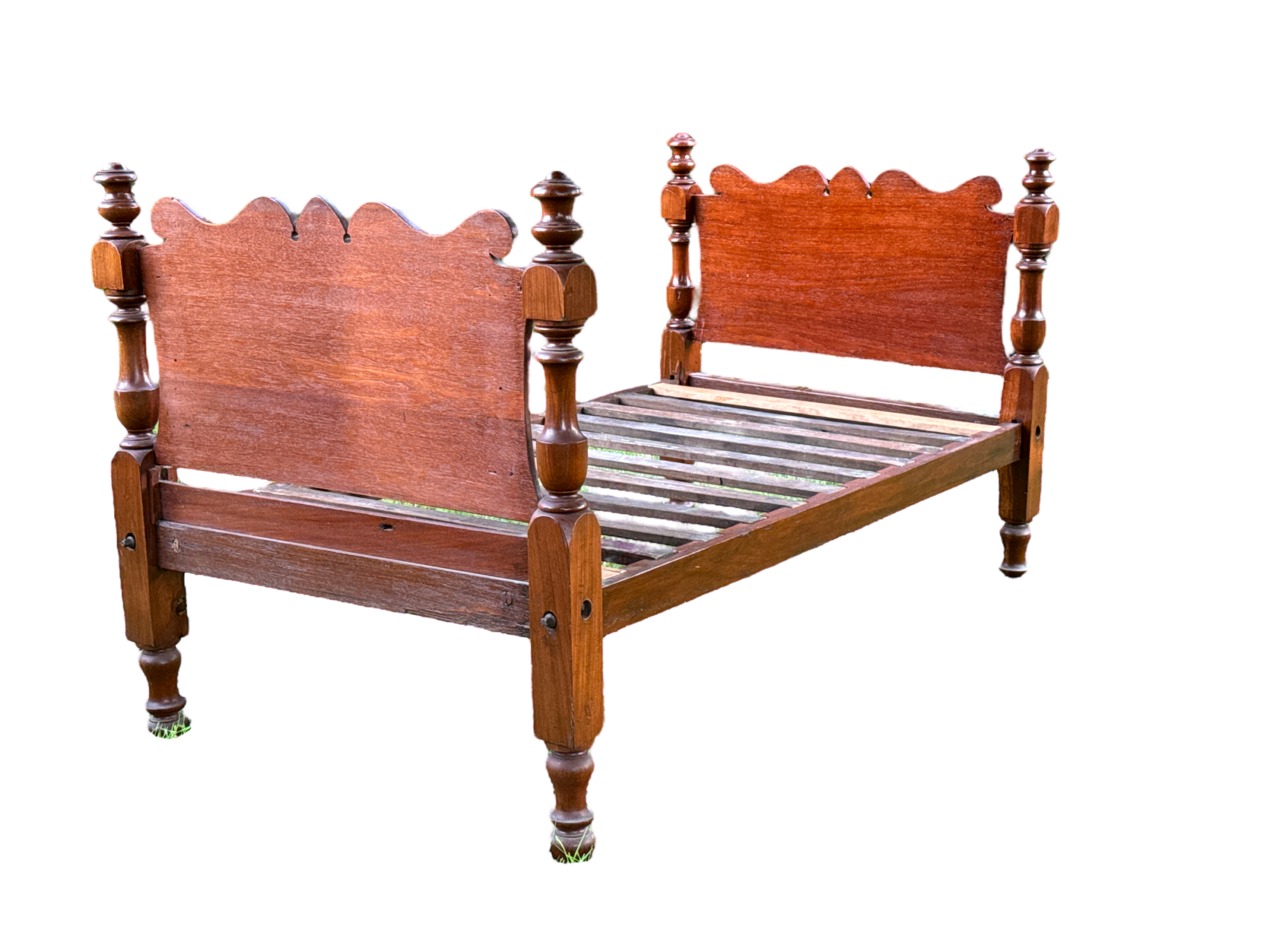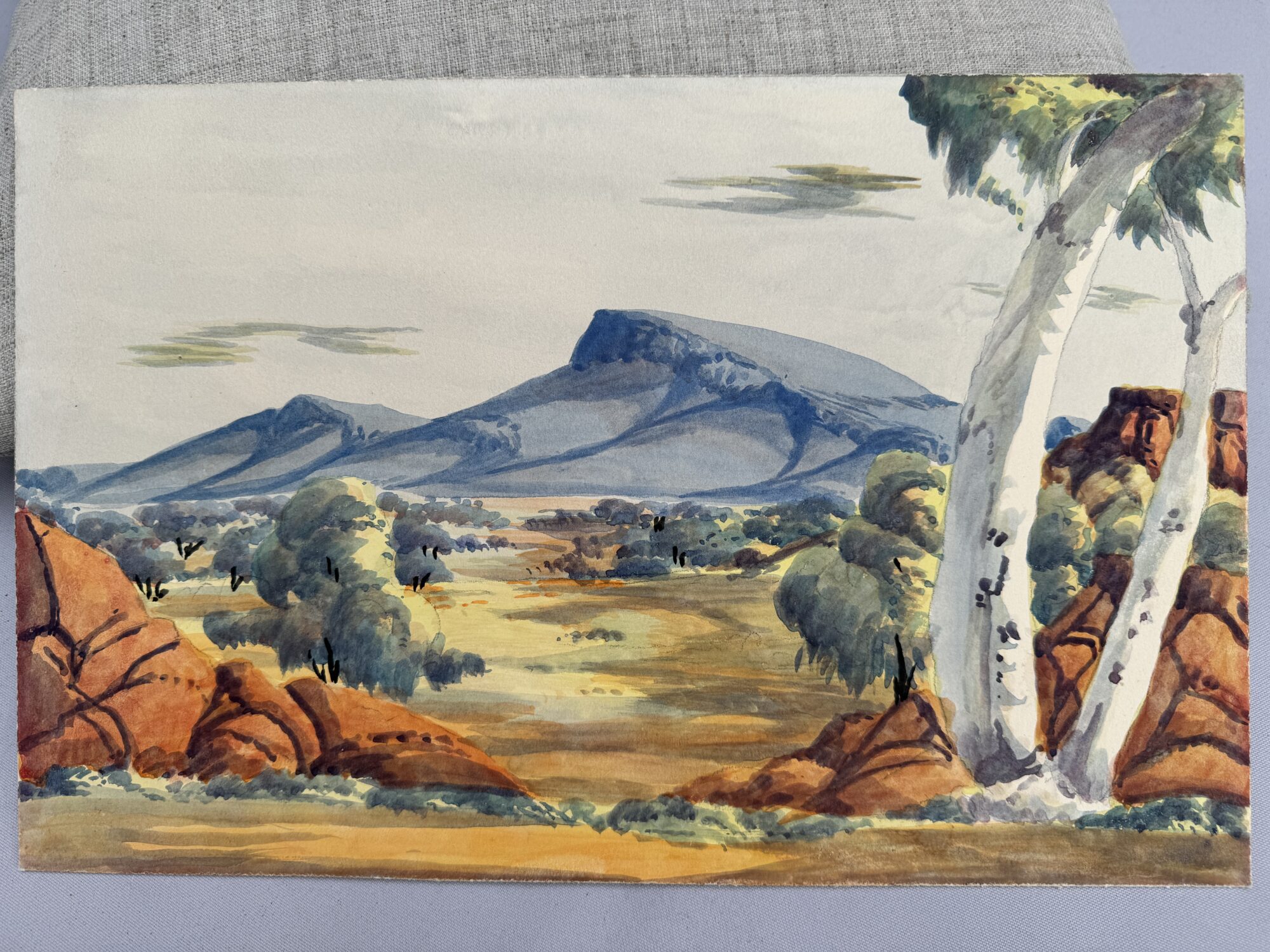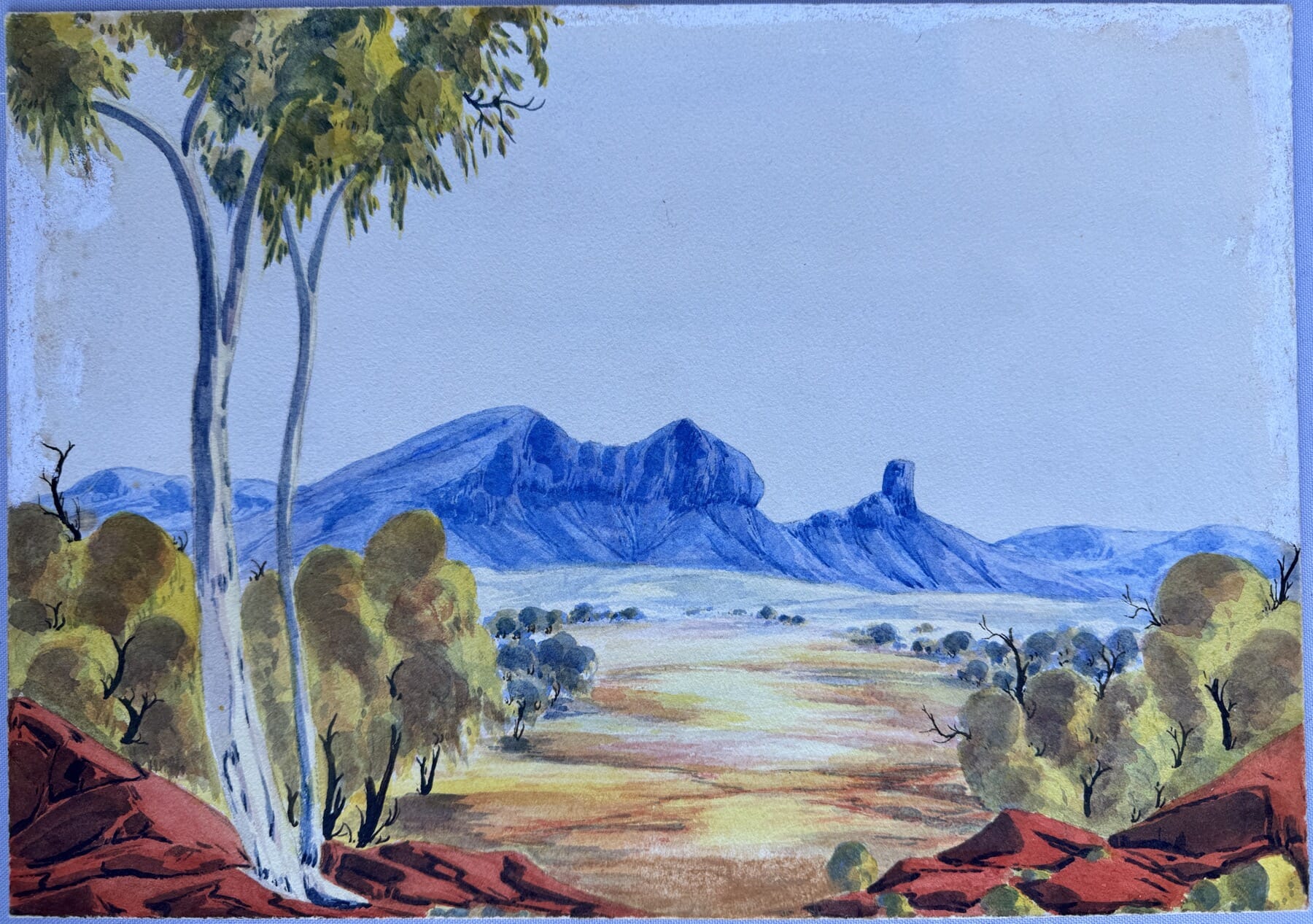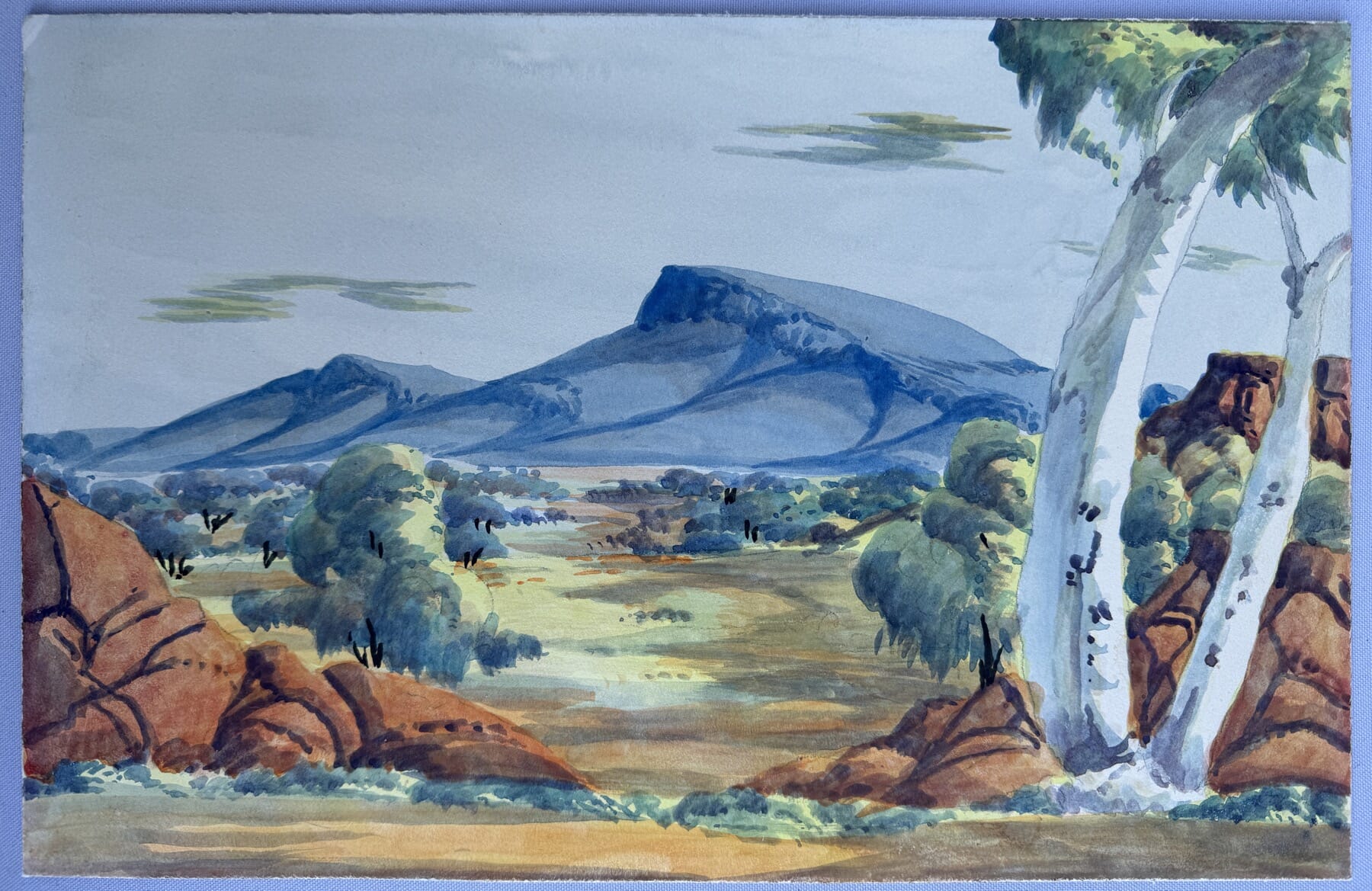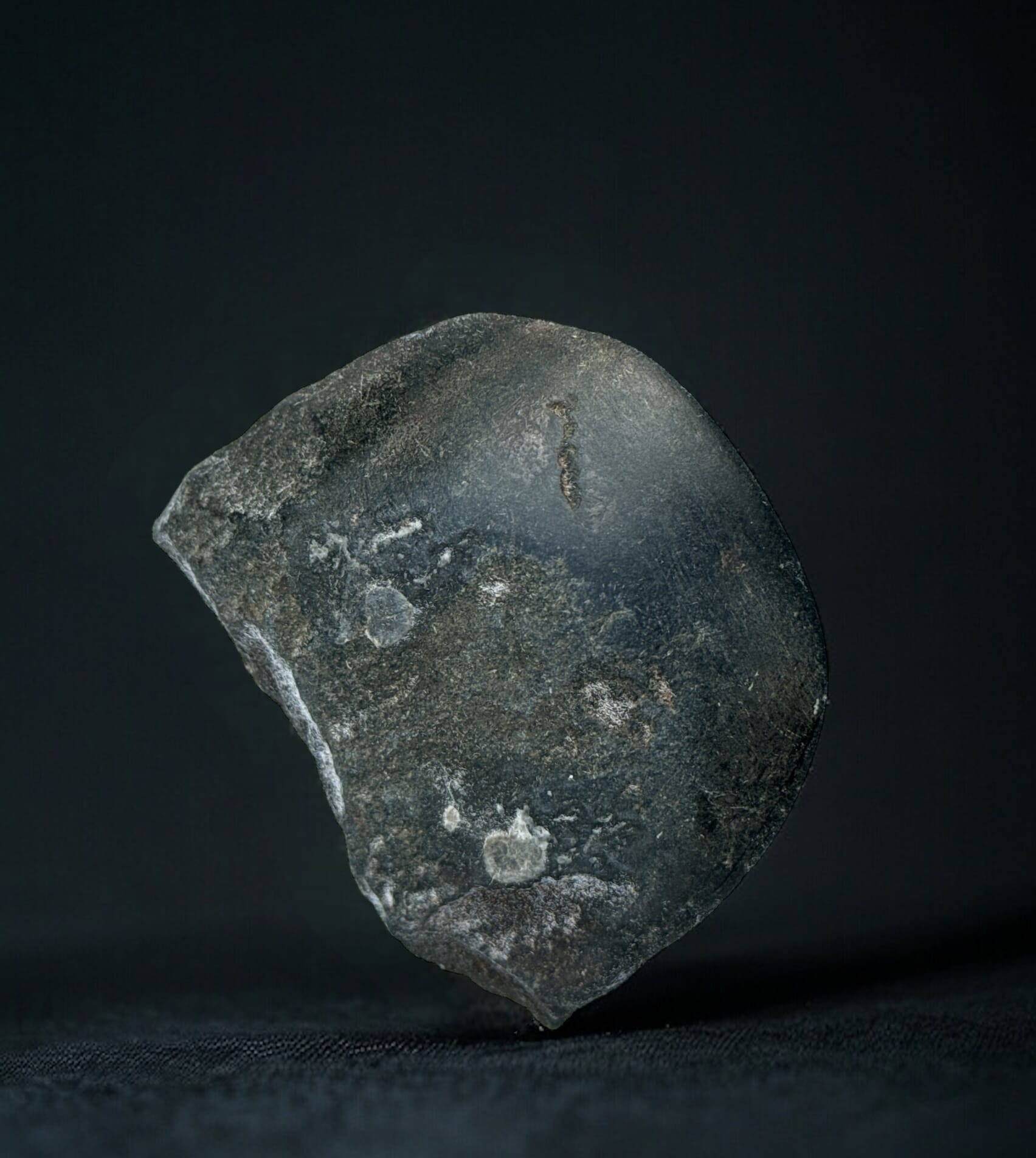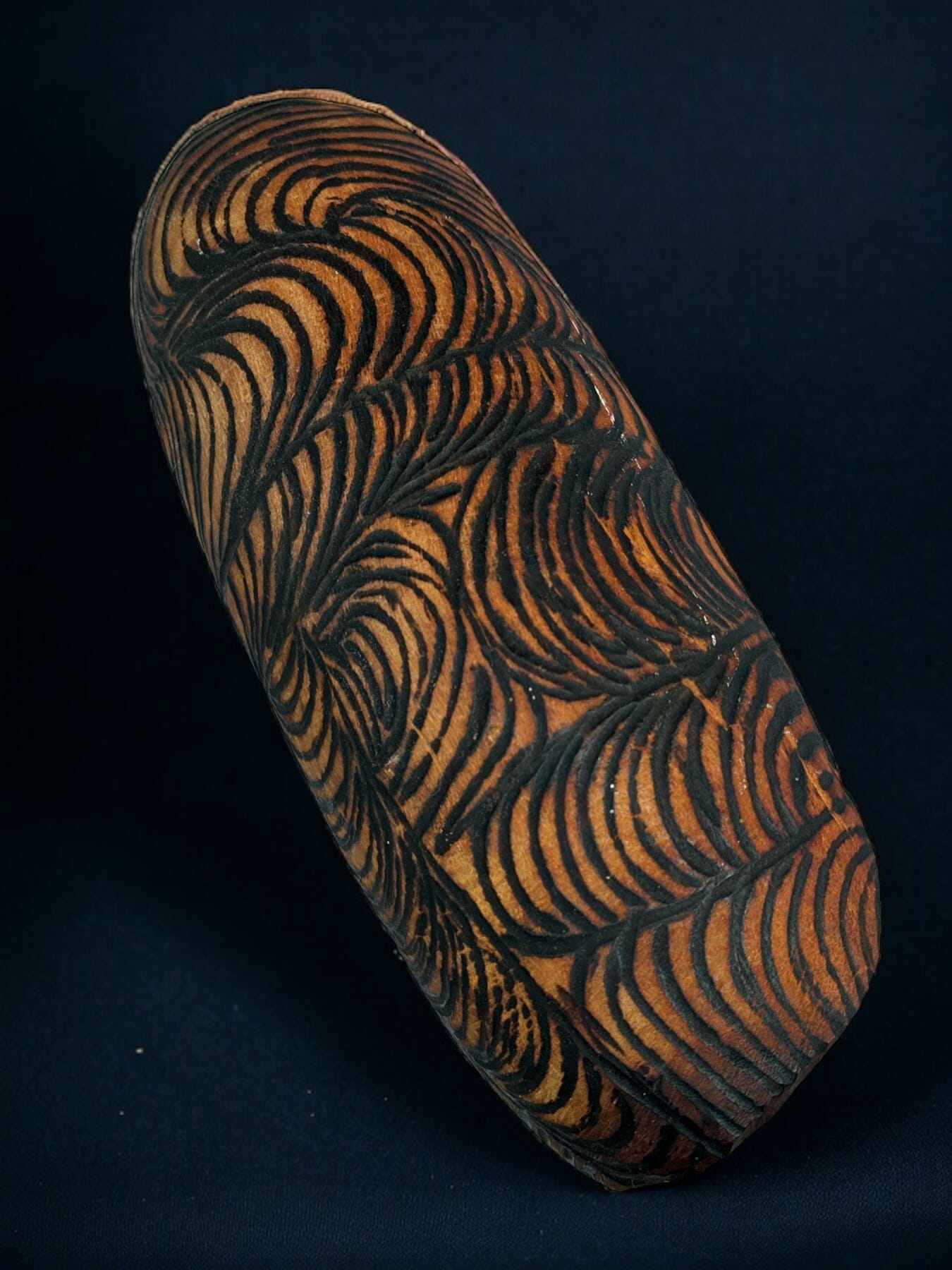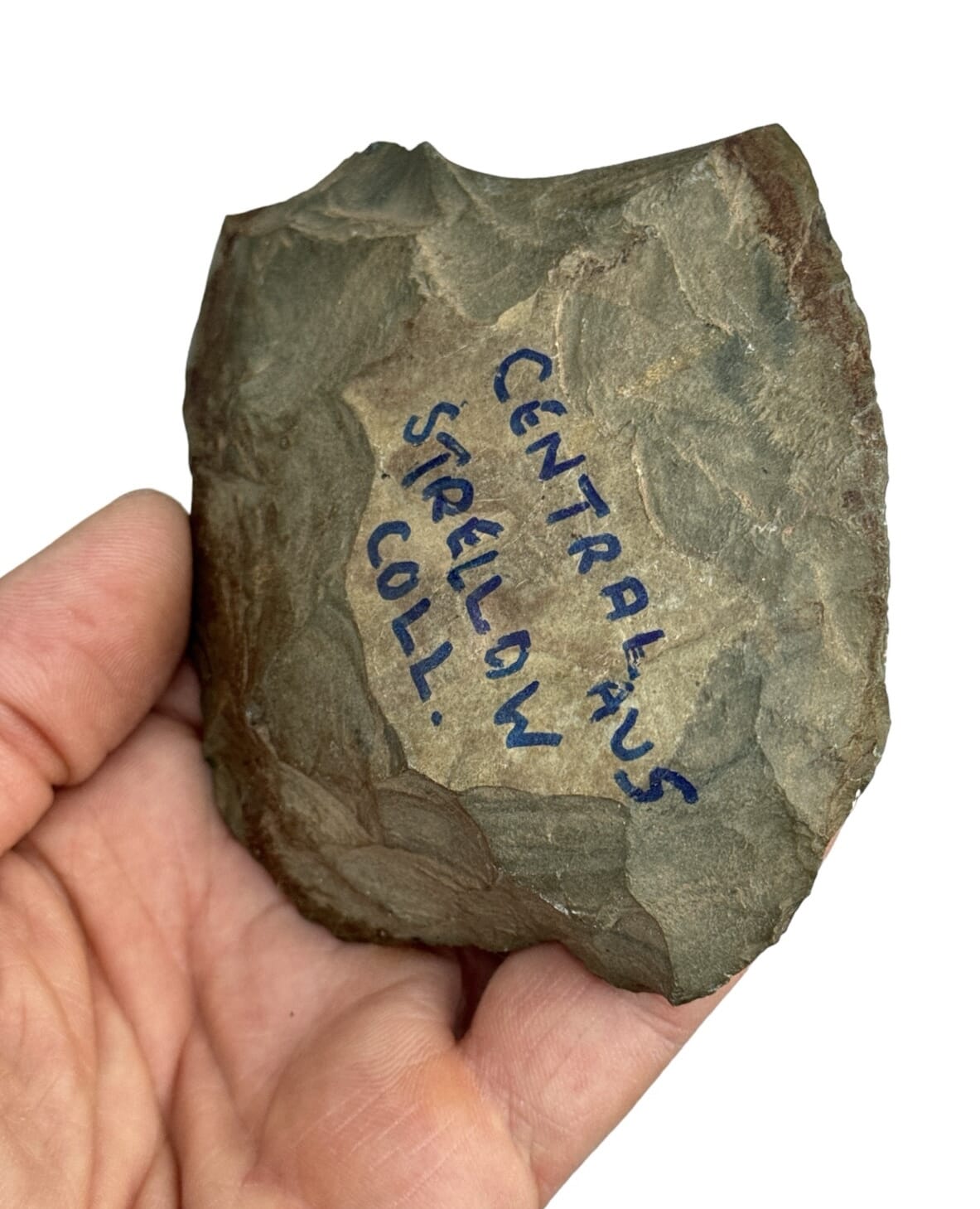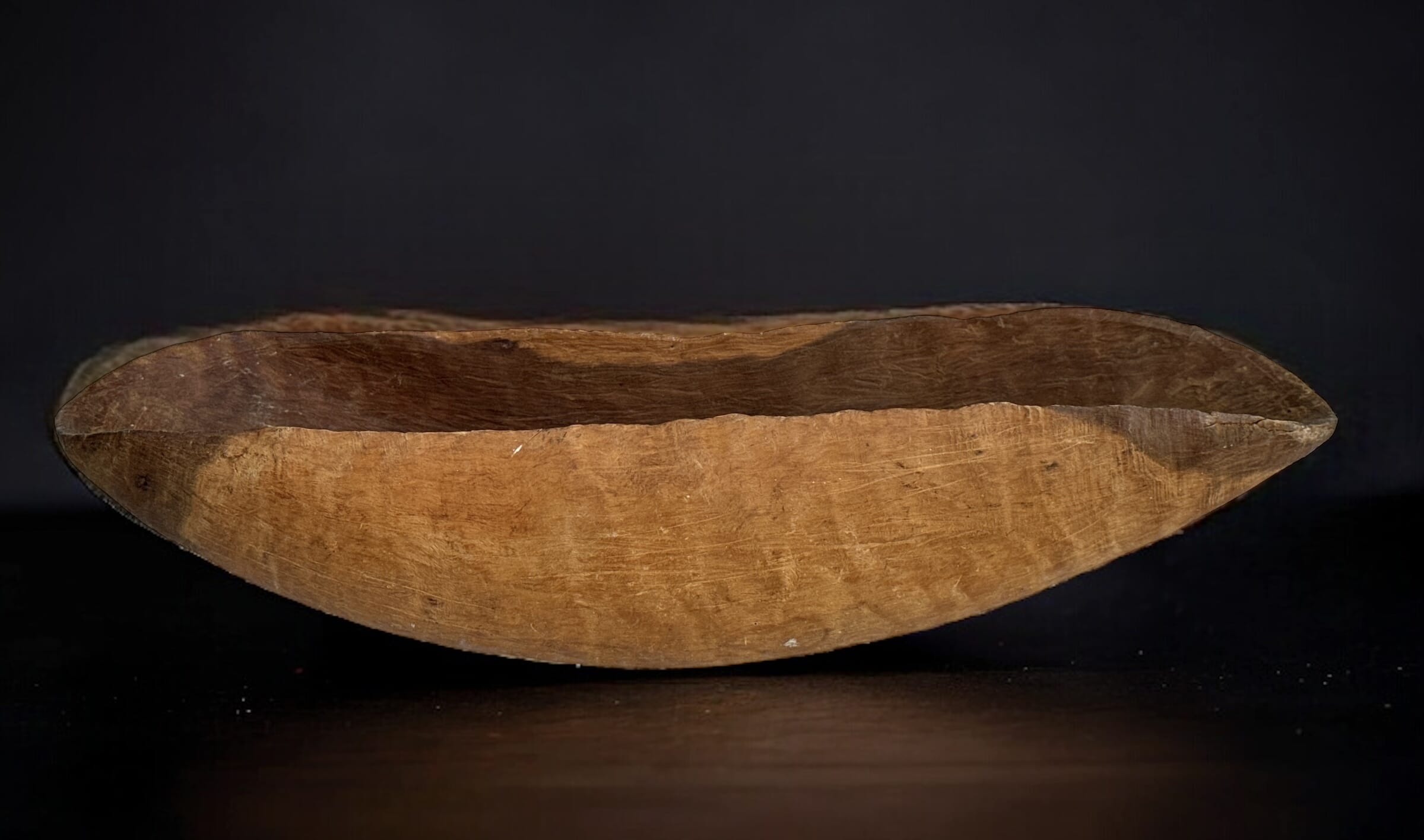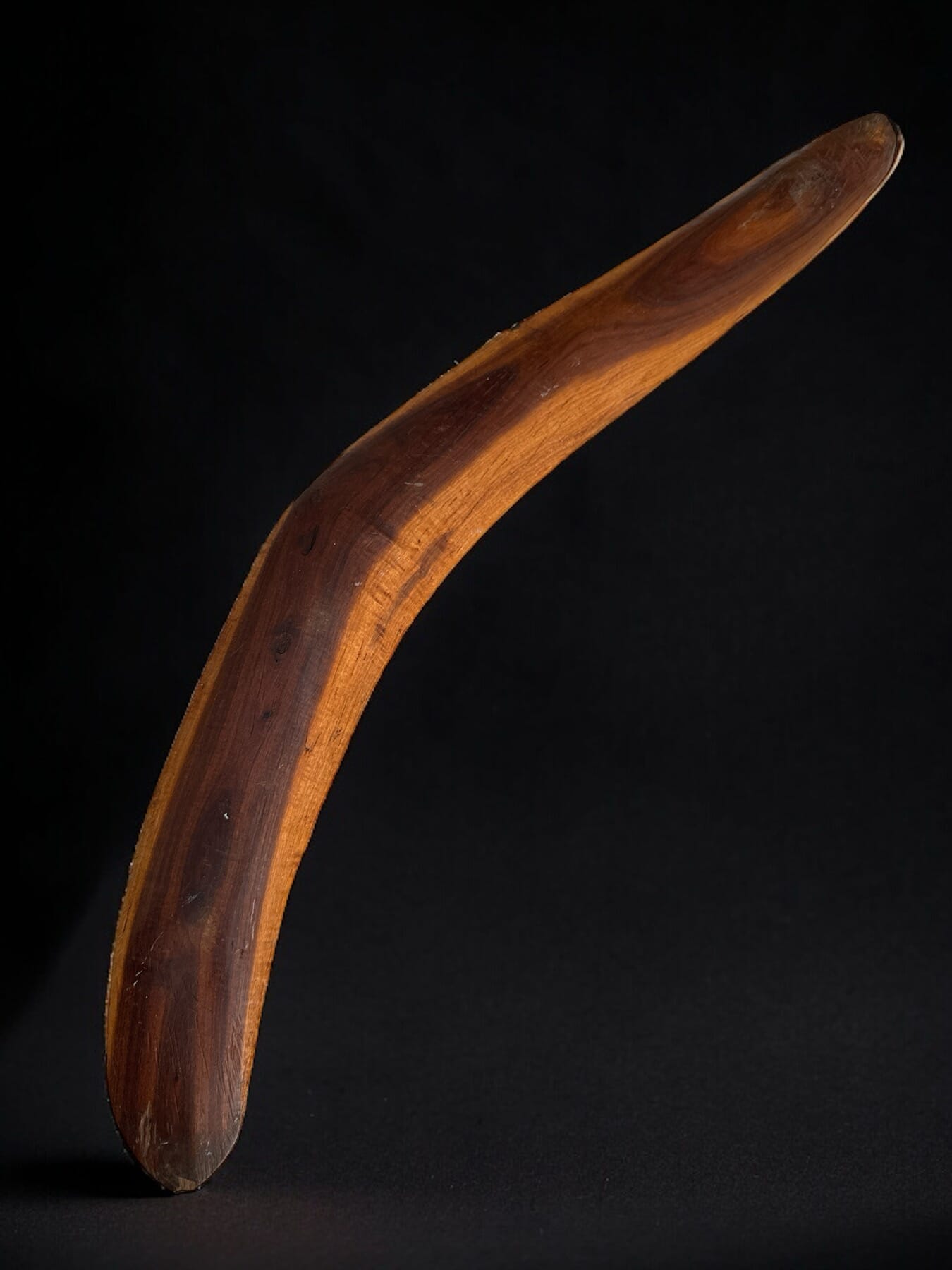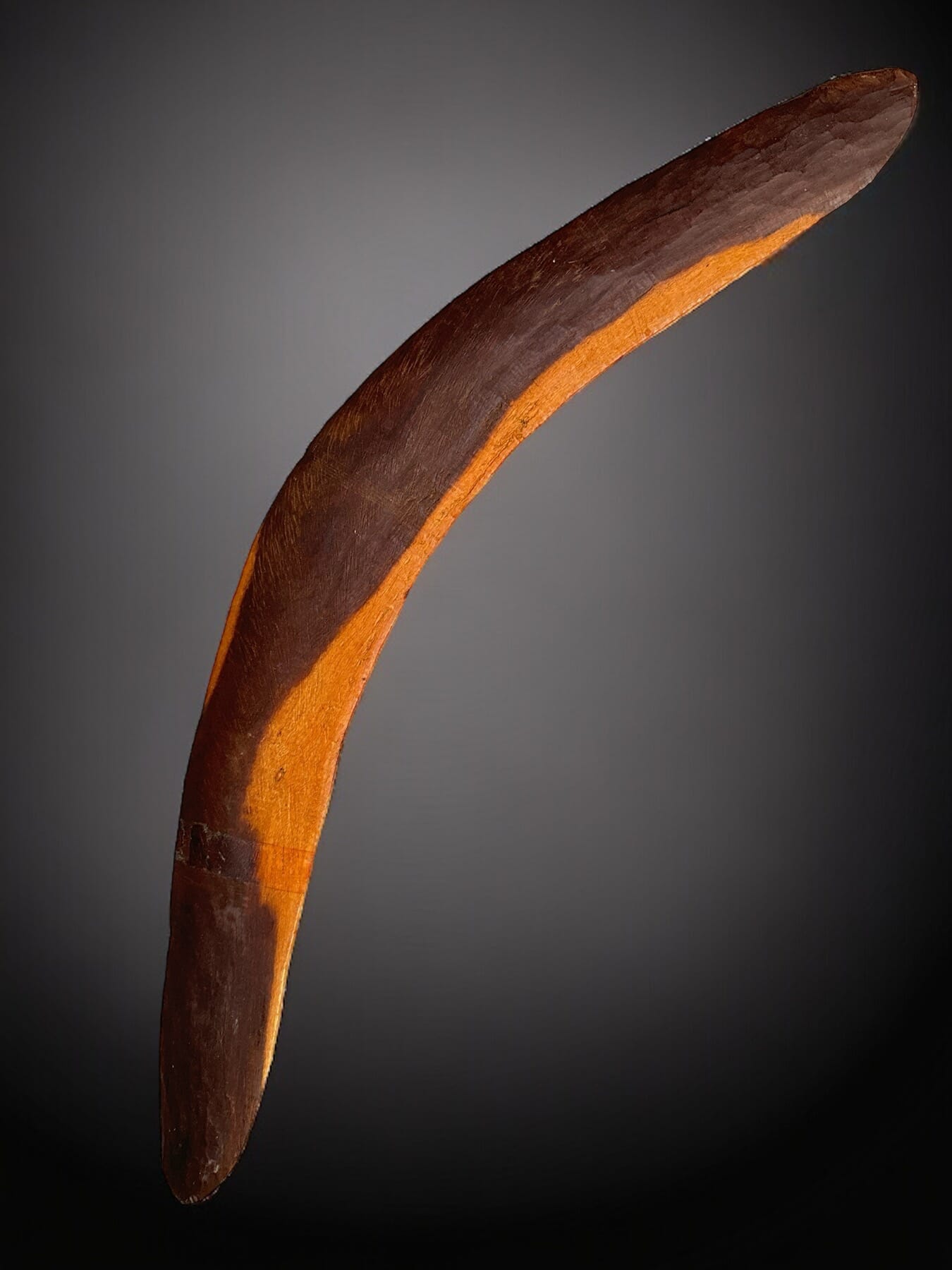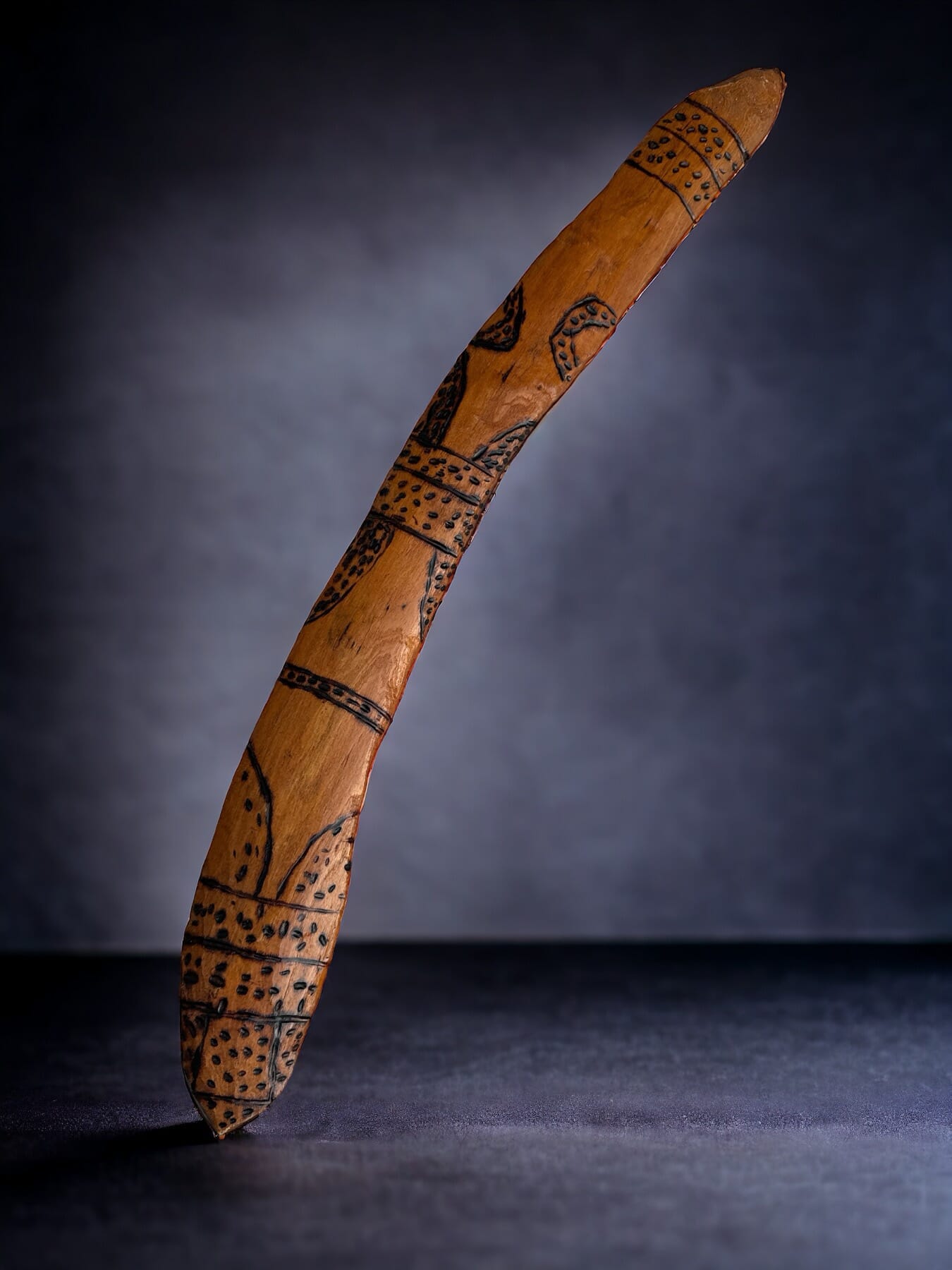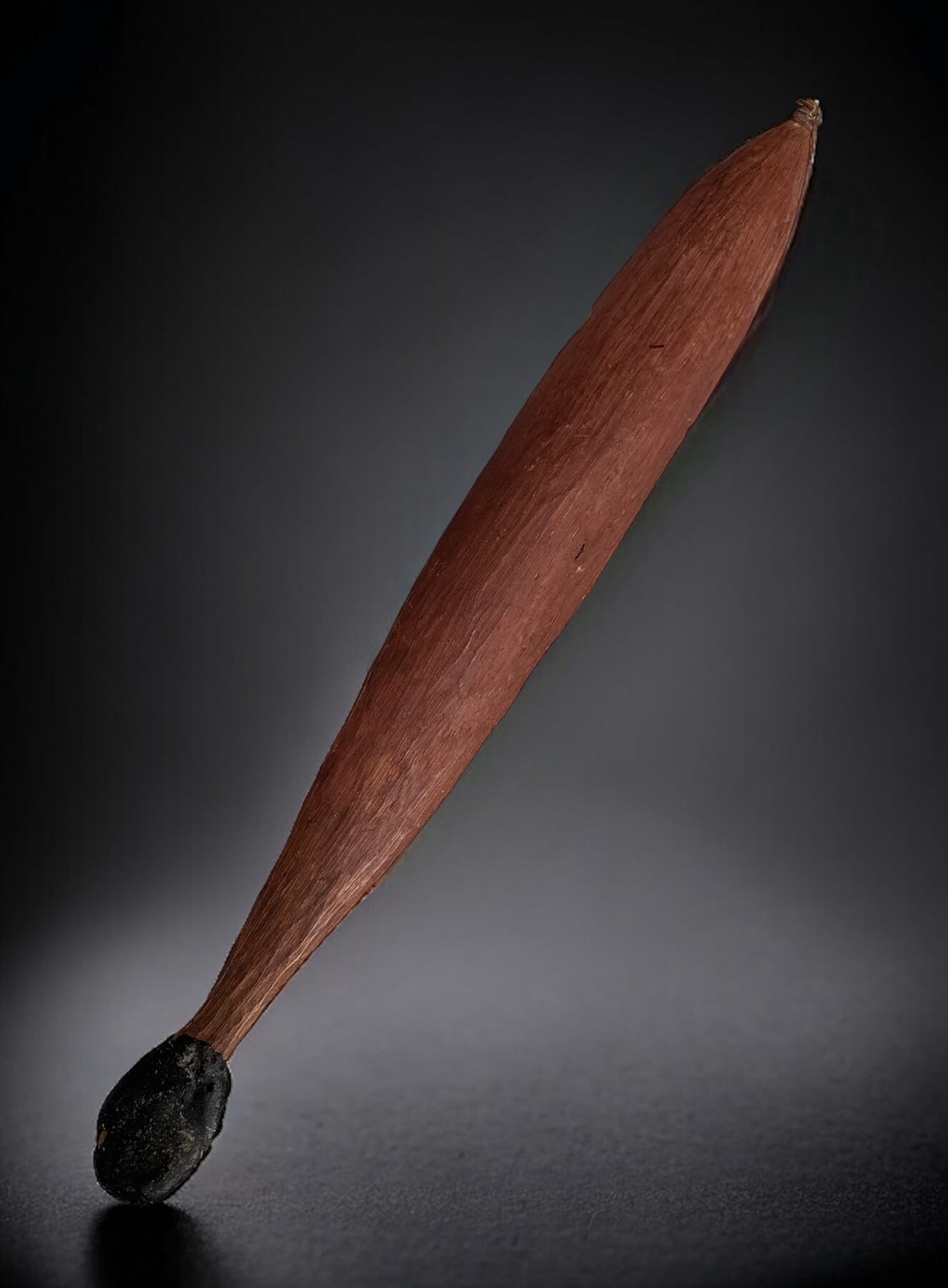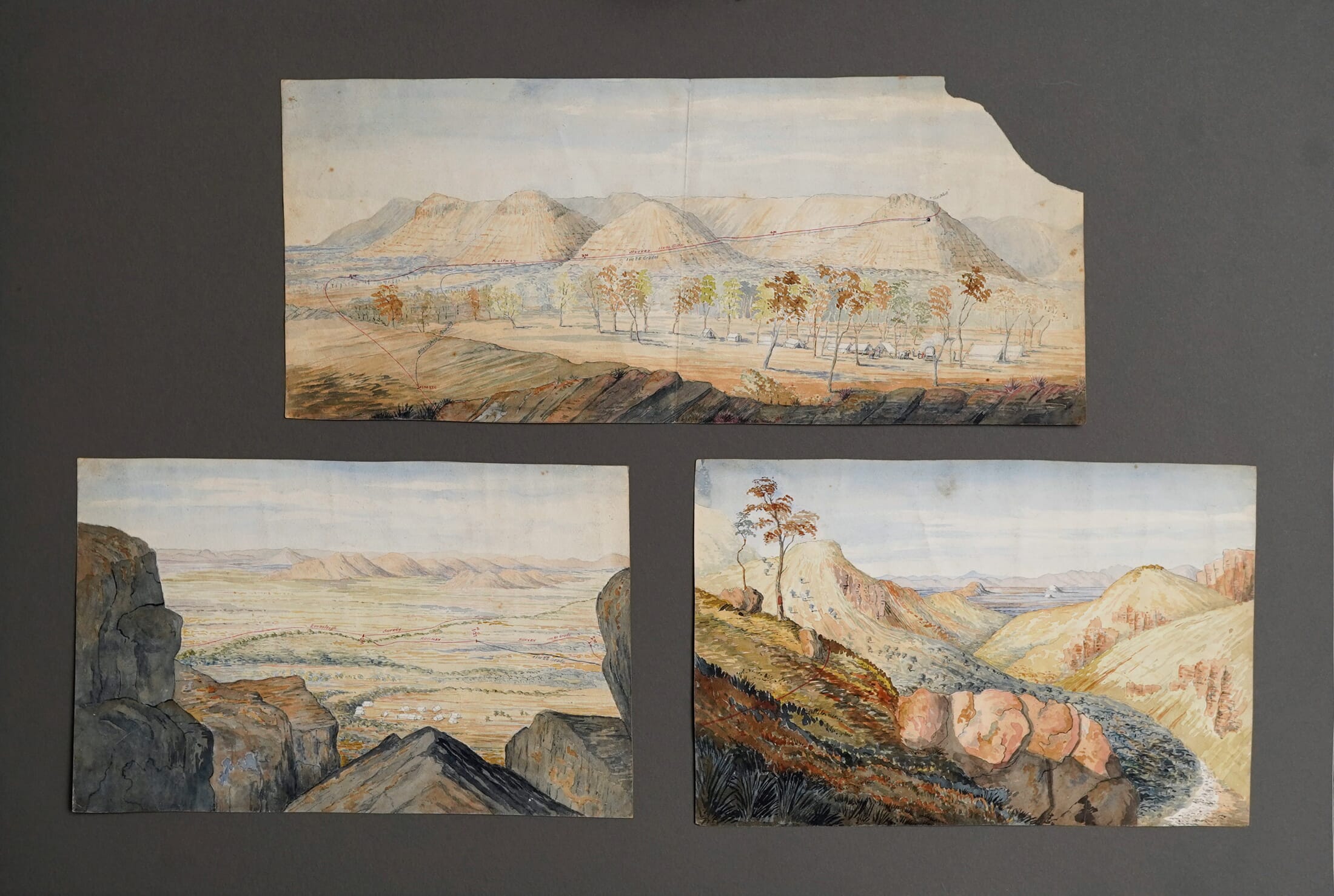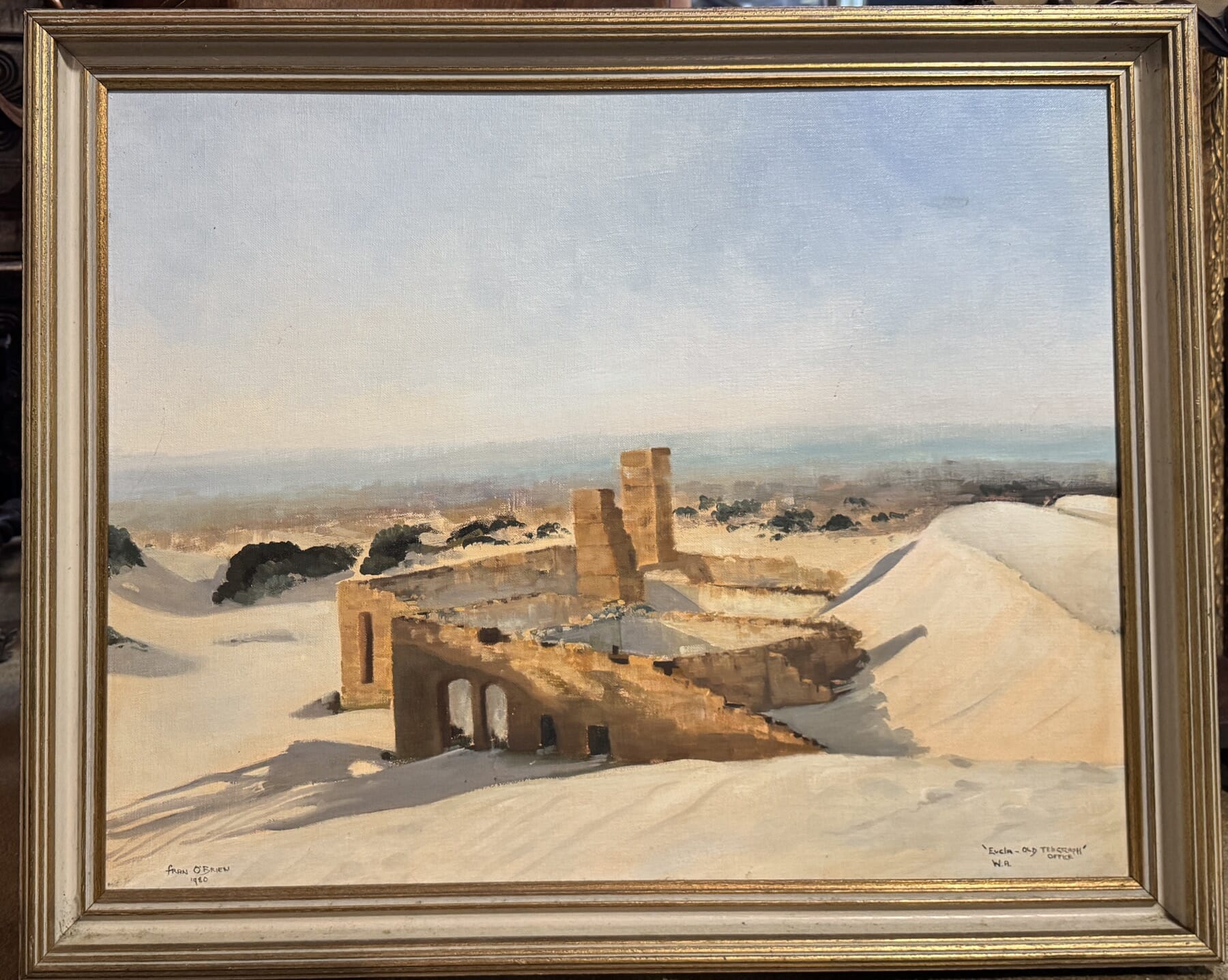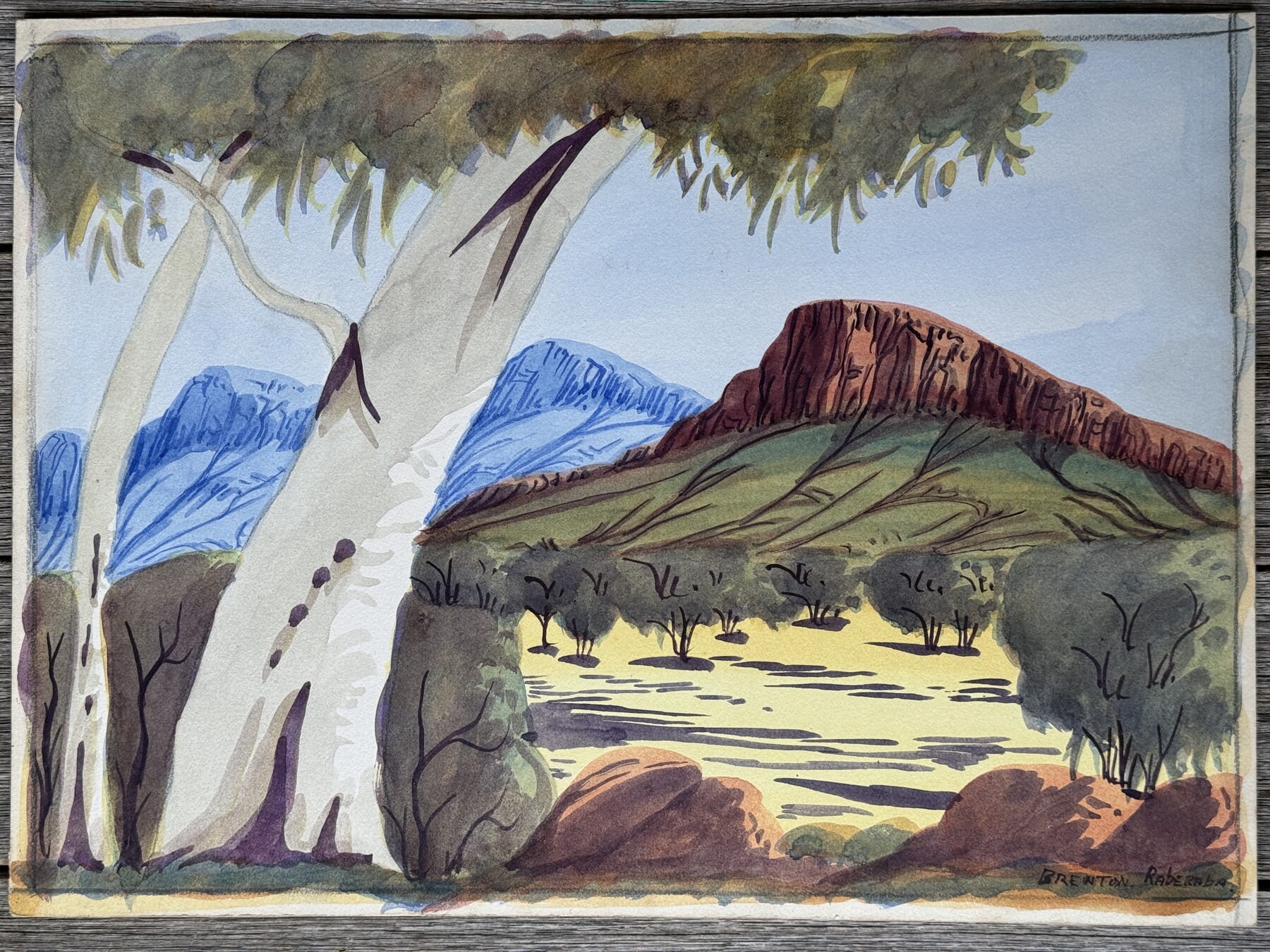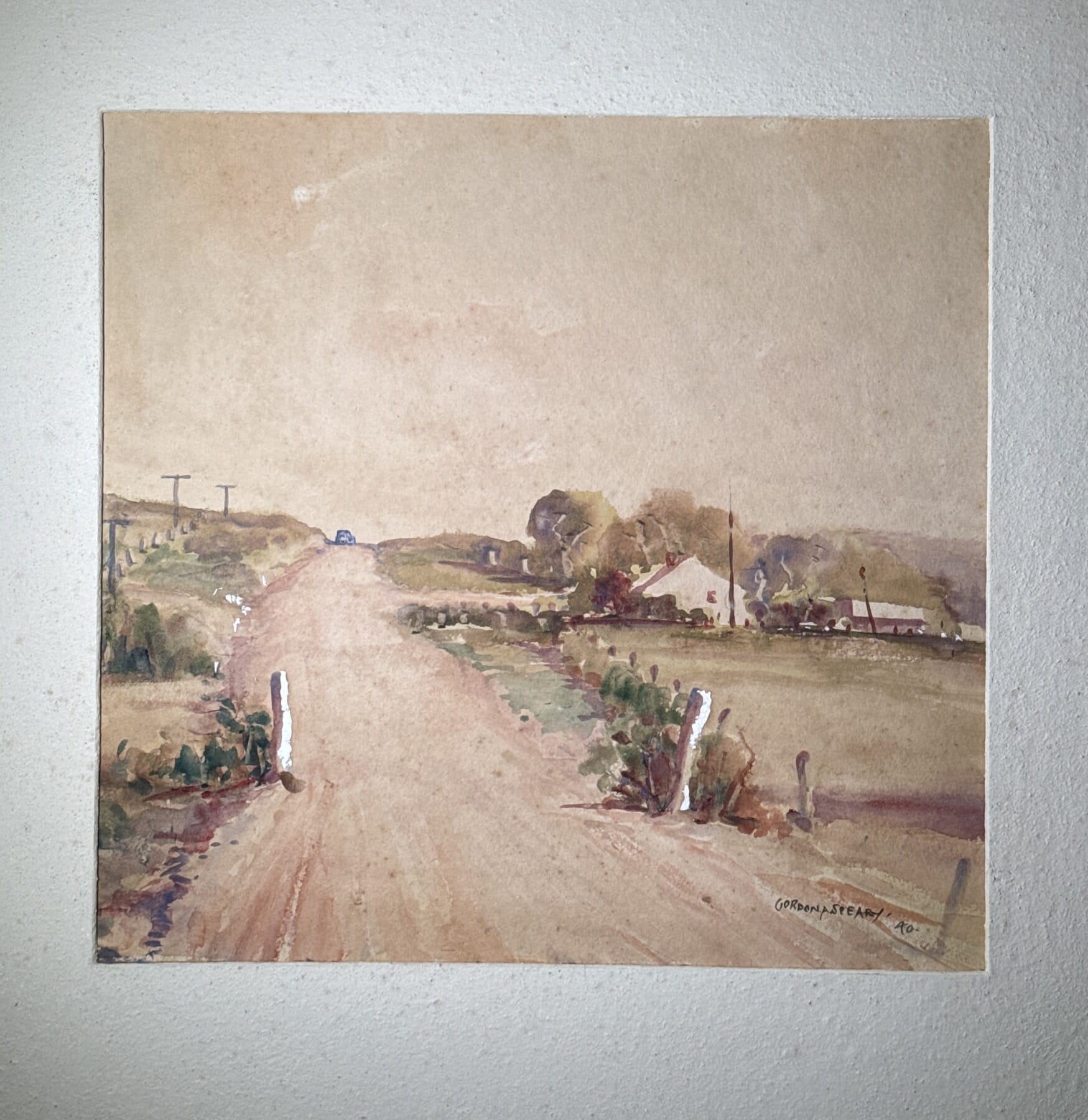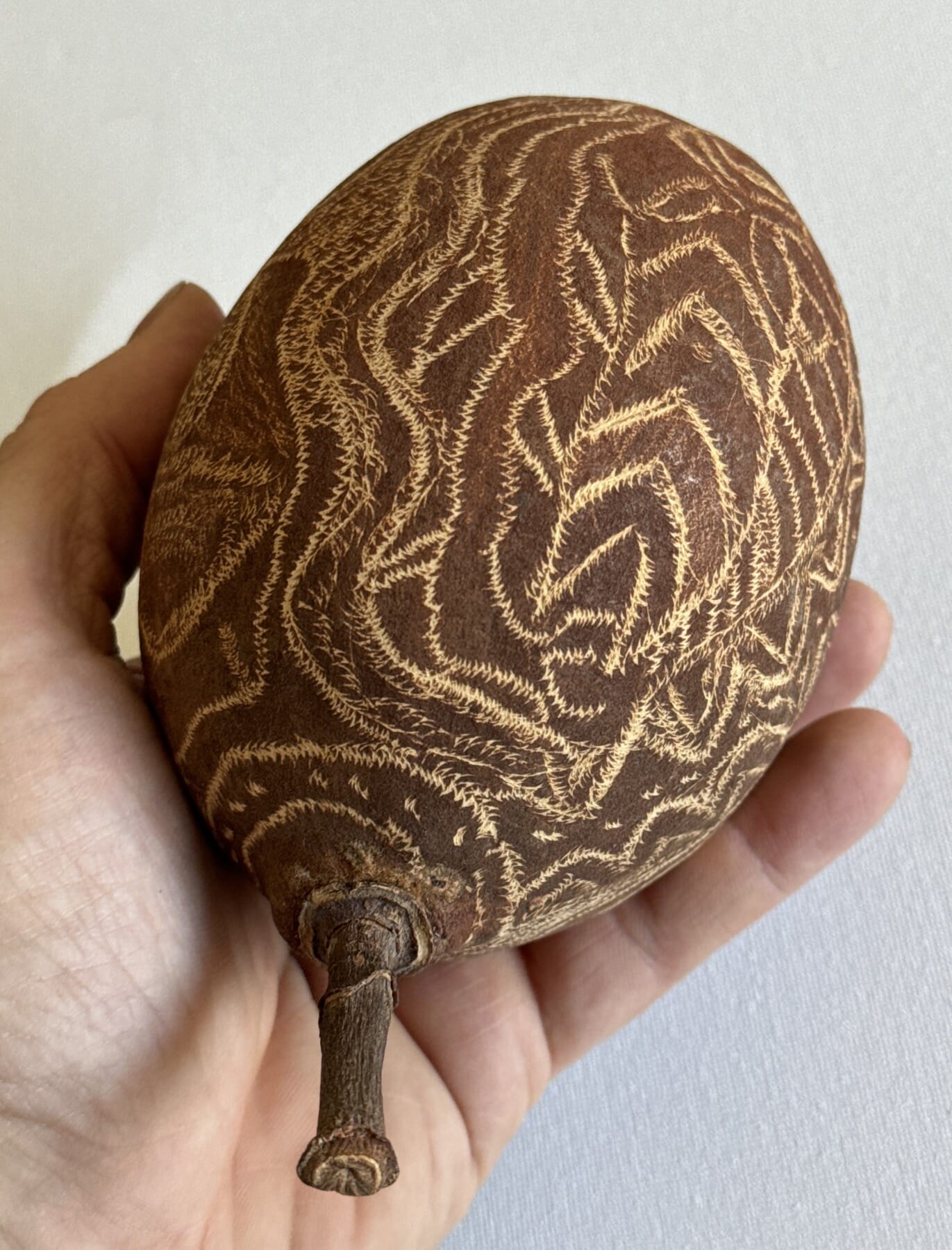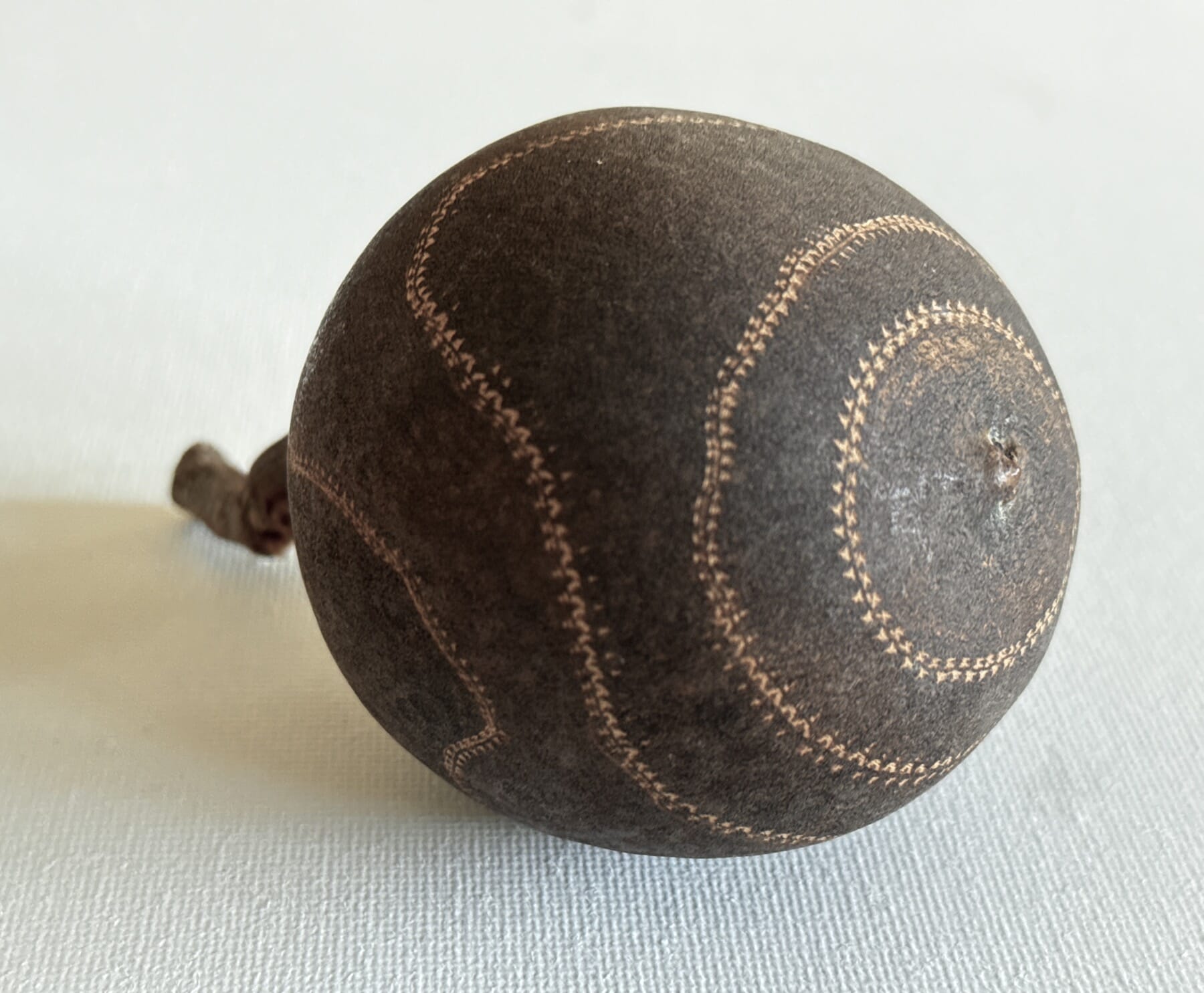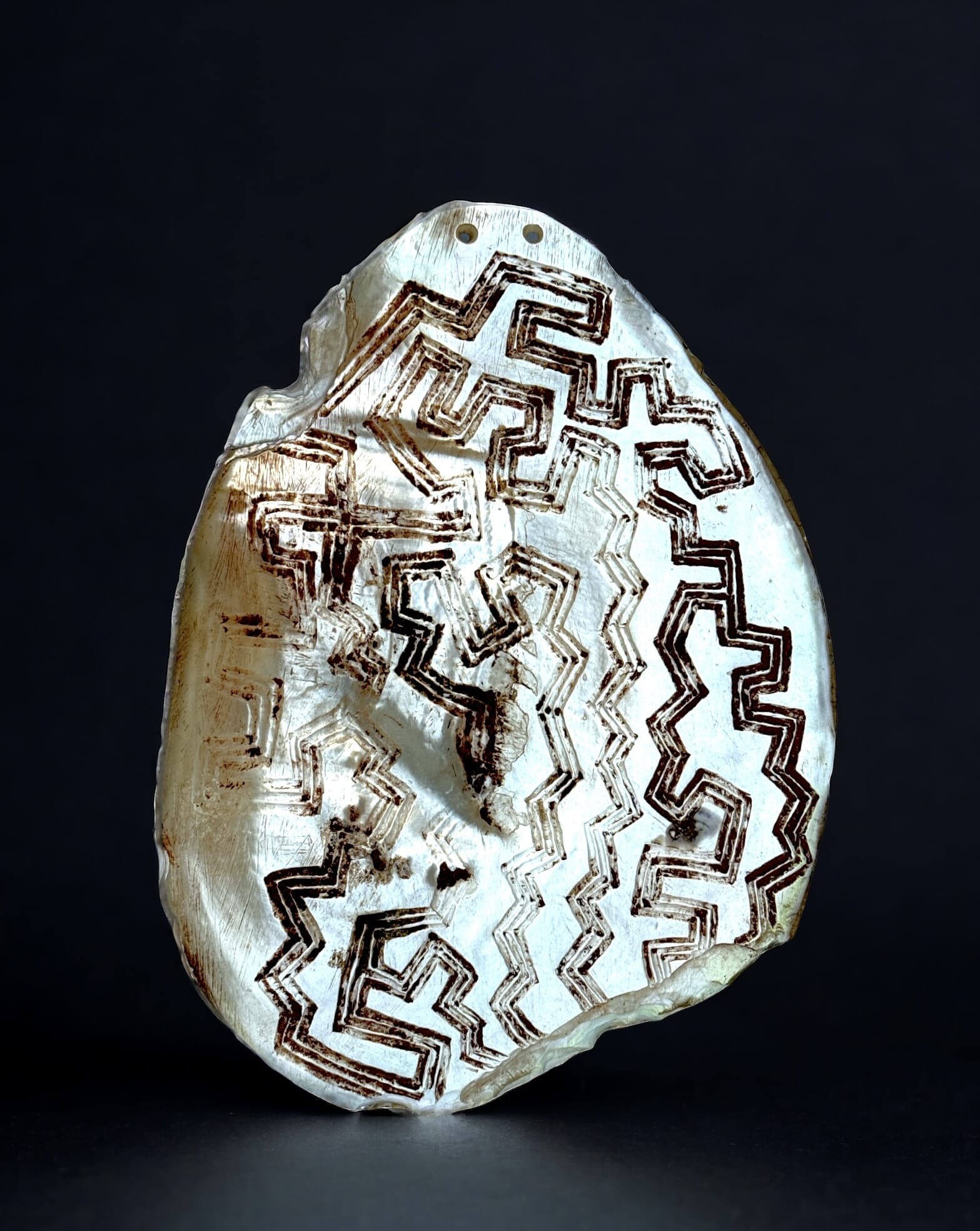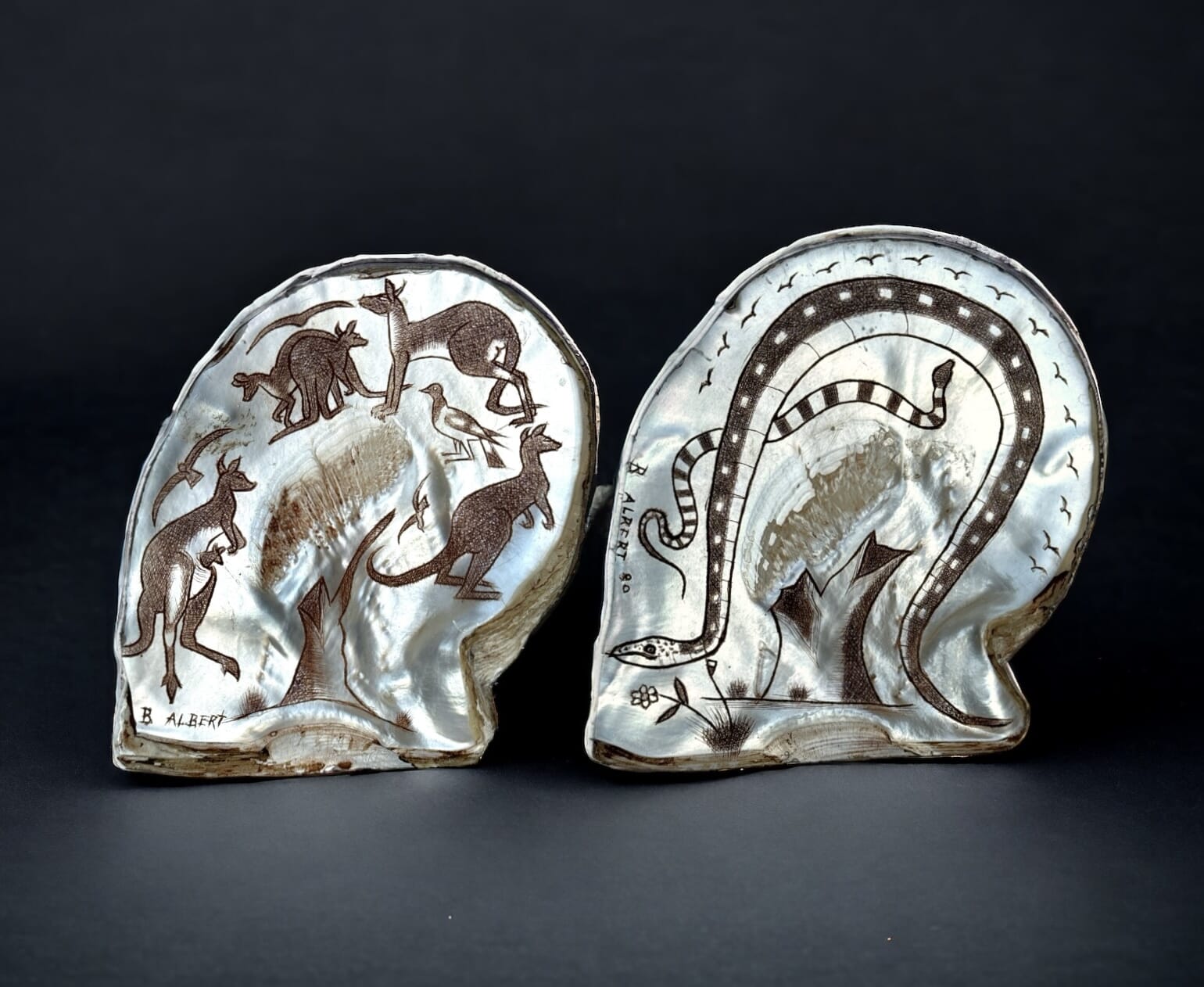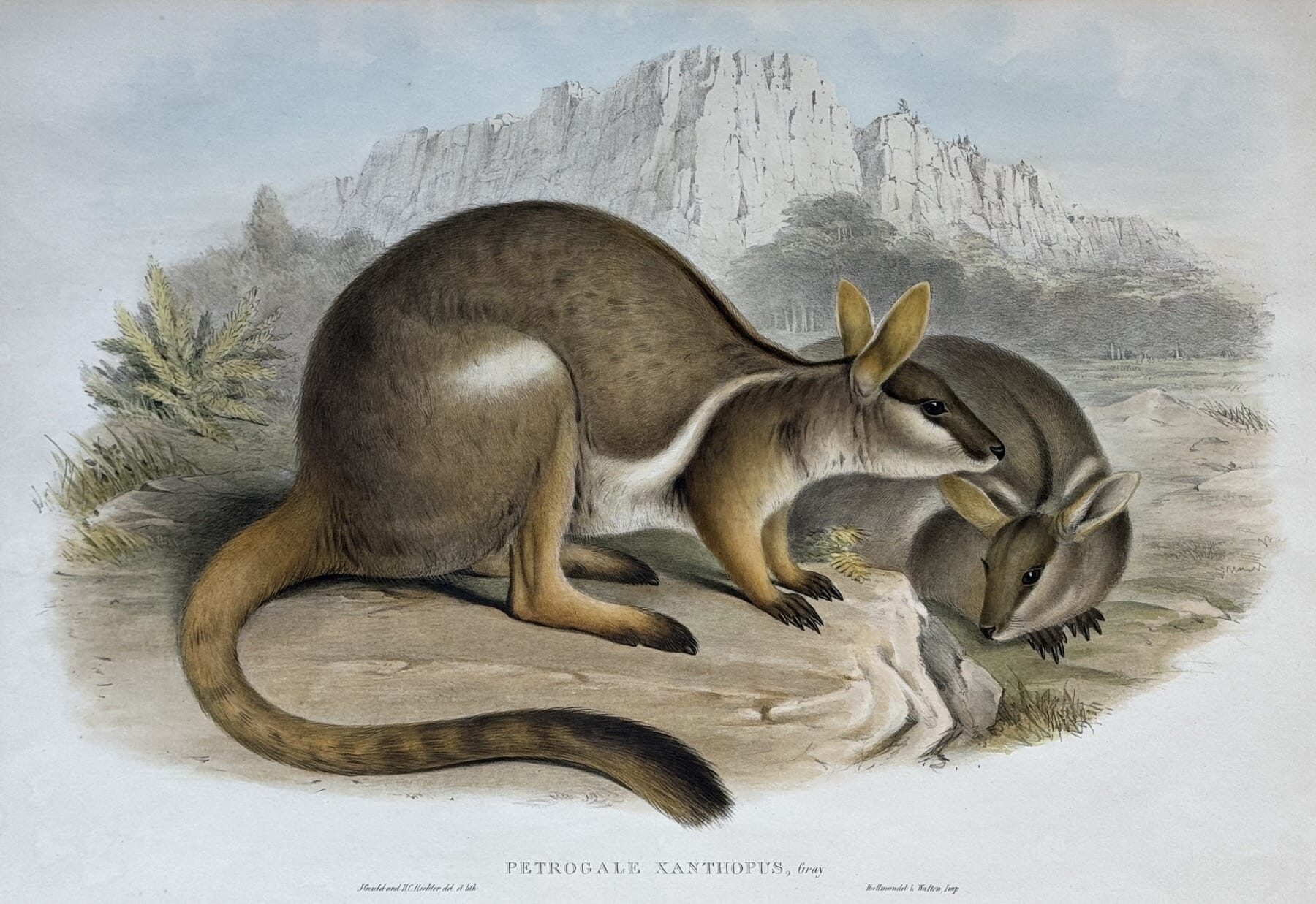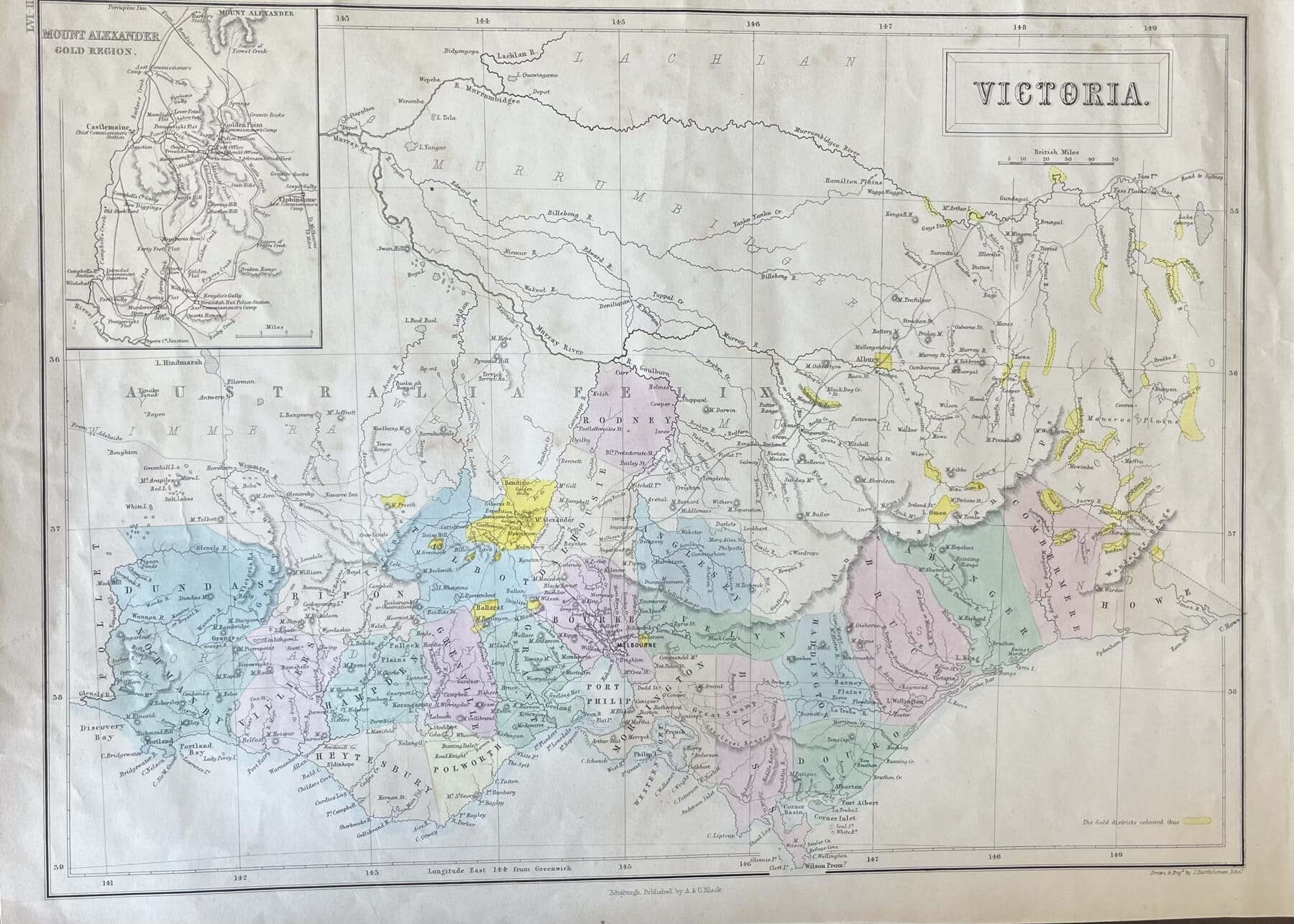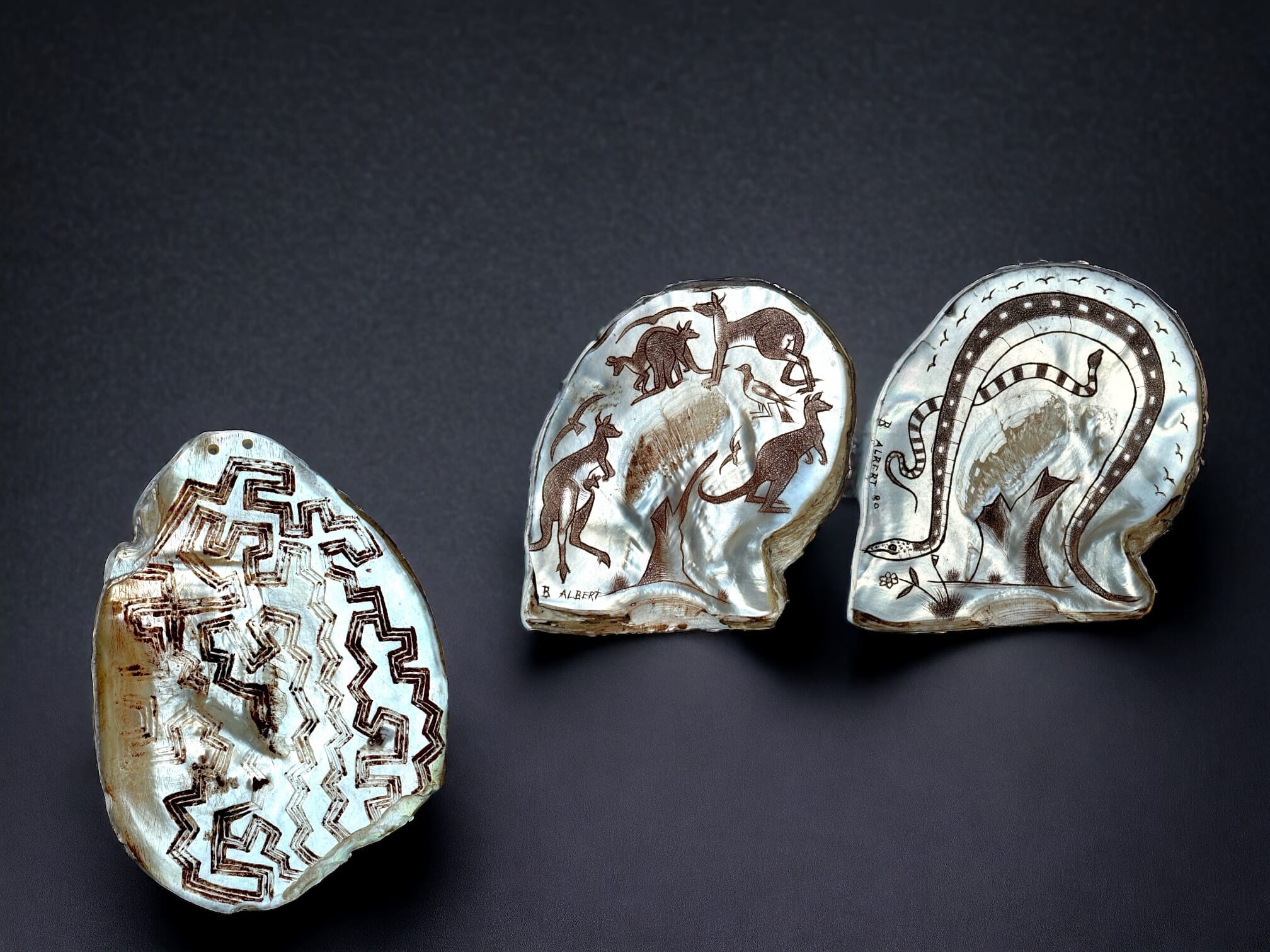
No matter what your opinion regarding the 26th January, those who live in Australia have a lot to celebrate. The Ancient Past was when the first settlers came, over expanses of water, up to 60,000 years ago. Isolated, they developed their own unique culture which is now rightfully called ‘the oldest continual culture on earth’. Their ability to sustain themselves in the often harsh Australian landscapes can only be admired ….
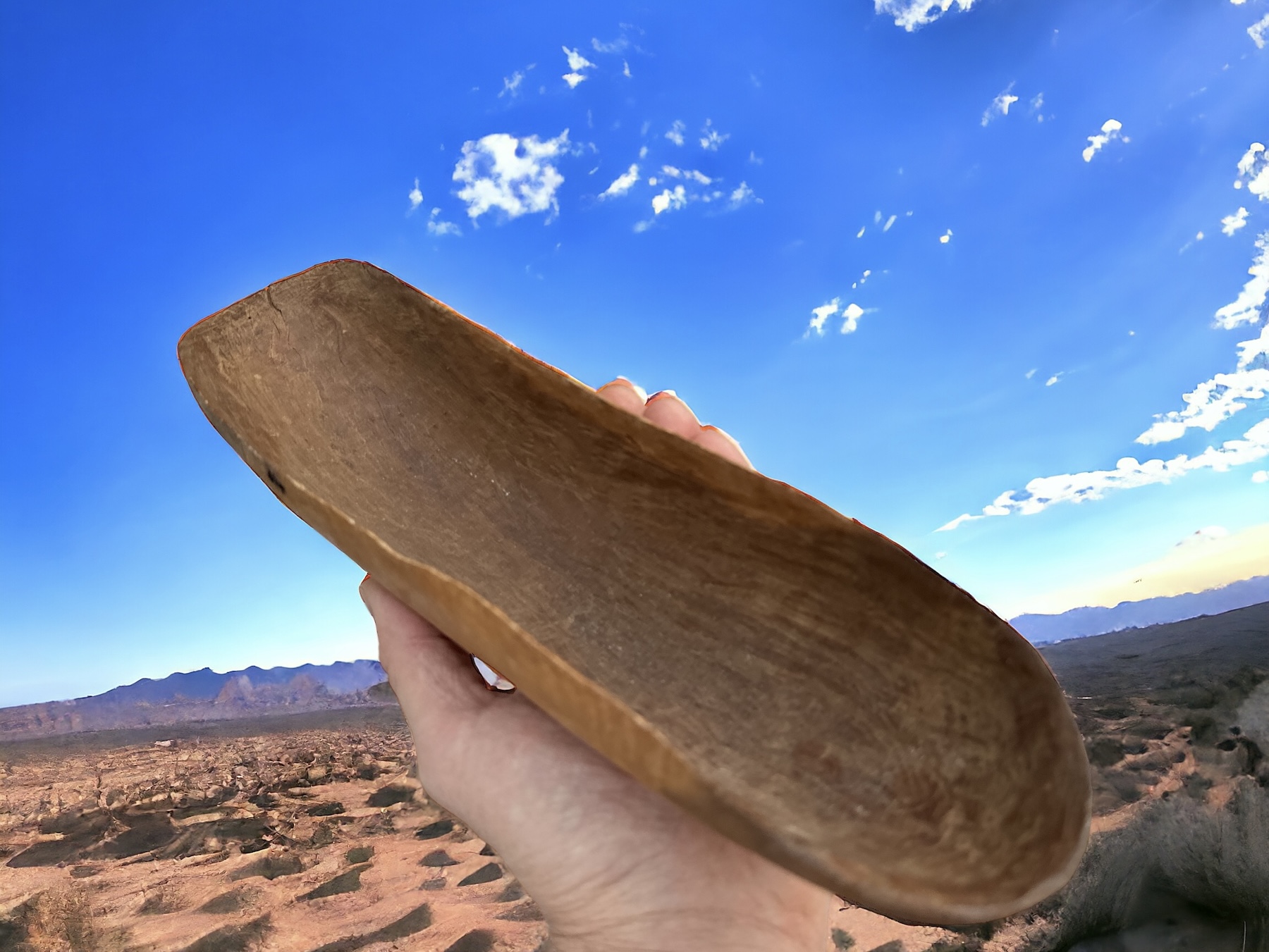

When the next phase of settlers came, the Europeans, they died of thirst and hunger, in places where the Aboriginal ‘First Nation’ peoples were perfectly at home.
The inevitable influx of fortune-seeking Europeans from the initial First Fleet of 1788 spread across the land, and formed another unique culture: Australian. While initially English, there were large numbers of Scots and Irish settlers, seeking to escape the harsh social realities in their homelands. Soon, people from all corners of the globe were arriving, drawn by the potential for success and safety Australia’s fledgling nation offered. After the World Wars of the 20th century, and other humanitarian crisis which resulted in refugee influxes, Australia welcomed more & more diversity to its shores.
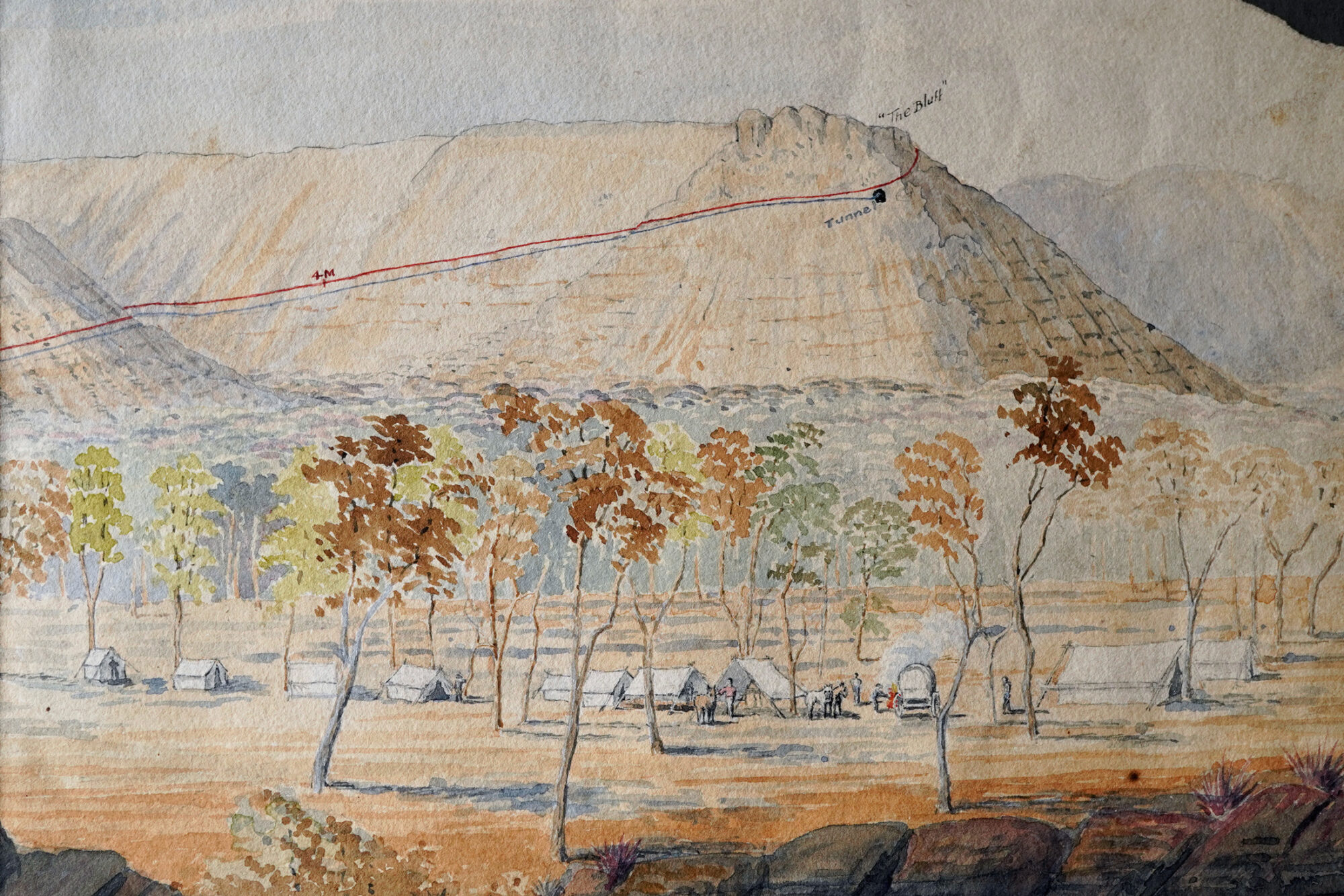
The result of this is Australia as we see it today: Original ancient Aboriginal culture, with British social stability and institutions, enhanced by Greeks, Italians, Germans, Scandinavians, and Asian arrivals, each with their own cultural background to add to the mix. Australians are no longer exclusively any of these cultures – especially after a generation or two of children have grown up in this ‘new’ culture.
Rather, Australia is a splendid mix of ‘people of the world’ – hopefully the best aspects of each culture.
So let’s not get bogged down in invasions, or cultural clashes – Australian culture dictates everyone has a fair chance. Say G’day, and celebrate us for what we are – and dream of what we could be –
Happy Australian Day !
Fresh Australiana
-
 Mutitjpuy Munungurr, ‘Story of Buralgu, the Morning Star’, Yirrkala bark painting,NE Arnhem Land, NT c. 1970Sold
Mutitjpuy Munungurr, ‘Story of Buralgu, the Morning Star’, Yirrkala bark painting,NE Arnhem Land, NT c. 1970Sold -
 Australian Aboriginal early stone-carved wood Woomera, 19th centurySold
Australian Aboriginal early stone-carved wood Woomera, 19th centurySold -
 Desert landscape, Hermannsburg watercolour, attr. Clem Abbot$480.00 AUD
Desert landscape, Hermannsburg watercolour, attr. Clem Abbot$480.00 AUD -
 Norman Ratara, Desert landscape with Ghostgums, Hermannsburg School watercolour$650.00 AUD
Norman Ratara, Desert landscape with Ghostgums, Hermannsburg School watercolour$650.00 AUD -
 Australian Aboriginal ground edge stone tool, WASold
Australian Aboriginal ground edge stone tool, WASold -
 Australian Aboriginal Coolamon bowl, pokerwork cross design, NT 20th centurySold
Australian Aboriginal Coolamon bowl, pokerwork cross design, NT 20th centurySold -
 Australian Aboriginal Coolamon bowl, wire burnt decoration, Northern Territory mid- 20th centurySold
Australian Aboriginal Coolamon bowl, wire burnt decoration, Northern Territory mid- 20th centurySold -
 Australian Aboriginal stone tool, Strellow Collection, Central AustraliaSold
Australian Aboriginal stone tool, Strellow Collection, Central AustraliaSold -
 Australian Aboriginal Coolamon bowl, Northern Territory earlier 20th centurySold
Australian Aboriginal Coolamon bowl, Northern Territory earlier 20th centurySold -
 Australian Aboriginal boomerang, Central Desert, 20th century$245.00 AUD
Australian Aboriginal boomerang, Central Desert, 20th century$245.00 AUD -
 Australian Aboriginal boomerang, earlier stone-cut, pre-contact?$460.00 AUD
Australian Aboriginal boomerang, earlier stone-cut, pre-contact?$460.00 AUD -
 Australian Aboriginal boomerang, burnt decoration, 20th century$145.00 AUD
Australian Aboriginal boomerang, burnt decoration, 20th century$145.00 AUD -
 Australian Aboriginal woomera, 20th centurySold
Australian Aboriginal woomera, 20th centurySold
-
 Sidney Nolan, ‘Paradise Garden’ Panel, signed & dated 1967Sold
Sidney Nolan, ‘Paradise Garden’ Panel, signed & dated 1967Sold -
 Topographical survey watercolours for railway line near Einasleigh, QLD, c. 1890Sold
Topographical survey watercolours for railway line near Einasleigh, QLD, c. 1890Sold -
 Fran O’Brien, Eucla – Old Telegraph Office, oil on board WA 1980$285.00 AUD
Fran O’Brien, Eucla – Old Telegraph Office, oil on board WA 1980$285.00 AUD -
 Brenton Raberaba, Hermannsburg artist, Desert Landscape watercolour, 1960’s$750.00 AUD
Brenton Raberaba, Hermannsburg artist, Desert Landscape watercolour, 1960’s$750.00 AUD -
 Gordon A. Speary, ‘Road to Newhaven’, watercolour signed & dated 1940$395.00 AUD
Gordon A. Speary, ‘Road to Newhaven’, watercolour signed & dated 1940$395.00 AUD -
 Desert landscape, Hermannsburg watercolour, attr. Clem Abbot$480.00 AUD
Desert landscape, Hermannsburg watercolour, attr. Clem Abbot$480.00 AUD -
 Norman Ratara, Desert landscape with Ghostgums, Hermannsburg School watercolour$650.00 AUD
Norman Ratara, Desert landscape with Ghostgums, Hermannsburg School watercolour$650.00 AUD -
 Western Australia engraved boab-tree nut, snake & fish, latter 20th century$295.00 AUD
Western Australia engraved boab-tree nut, snake & fish, latter 20th century$295.00 AUD -
 Western Australia engraved boab-tree nut, 20th century$95.00 AUD
Western Australia engraved boab-tree nut, 20th century$95.00 AUD -
 Engraved West Australian Aboriginal pearlshell riji – jakoli, geometric meander engraving, earlier 20th centurySold
Engraved West Australian Aboriginal pearlshell riji – jakoli, geometric meander engraving, earlier 20th centurySold -
 Basil “Biggie” Albert, Broome, pair of engraved West Australian Aboriginal pearlshells, animals, c.1980Sold
Basil “Biggie” Albert, Broome, pair of engraved West Australian Aboriginal pearlshells, animals, c.1980Sold -
 John Gould lithograph, Petrogale xanthopus, Gray – Yellow-footed Rock Wallaby, 1855-63Sold
John Gould lithograph, Petrogale xanthopus, Gray – Yellow-footed Rock Wallaby, 1855-63Sold -
 Victoria Goldfields print, showing Counties, with close-up of Goldfields, published Edinburgh 1854Sold
Victoria Goldfields print, showing Counties, with close-up of Goldfields, published Edinburgh 1854Sold
Coming Soon…. more Australiana.
